
Platinum Prices See Sharp Increase Due to Supply Tightness
Platinum prices have surged sharply in recent weeks, reaching their highest levels in over a decade. As of 29 September, the price of platinum rose to $1,608/t, marking a 15% increase since 19 September. This sharp uptick comes on the back of a series of market conditions, including a rally in gold and silver prices, along with growing concerns about US economic policy, inflation, and the Federal Reserve’s monetary actions.
This recent price jump can be seen as a “sympathy rally,” with platinum mirroring movements in gold and silver prices, driven by inflation concerns and the Fed’s announcement of a quarter-point rate cut. The strong industrial demand, particularly from the automotive sector, further supports platinum’s rising prices.
Supply Tightness and Declining South African Production
One of the most significant drivers behind the recent platinum price increase is supply tightness. Platinum production in South Africa, the world’s largest platinum-producing country, has declined by 10% year-on-year in the first quarter of 2025. This drop in mine supply, coupled with a collapse in above-ground platinum stocks, has created a volatile market. The World Platinum Investment Council (WPIC) predicts a full-year deficit of 850,000oz in 2025, marking the third consecutive year of supply deficits.
Rupen Raithatha, director of market research at Johnson Matthey, explains that the withdrawal of platinum liquidity from London, coinciding with rising physical demand in China, has been pivotal in driving up prices. This demand, particularly in the Chinese jewellery market, combined with tight supply, has been setting the stage for the market’s current upward trajectory.
Ongoing Deficit and Future Outlook for Platinum
The platinum market is projected to experience its third consecutive year in deficit, a trend exacerbated by long-term production declines. Despite platinum prices remaining strong, there has been insufficient new investment in production capacity, particularly in South Africa. This lack of investment will likely ensure that production remains below the demand levels for the foreseeable future.
Additionally, platinum’s ongoing substitution in the automotive sector, as well as relatively stable industrial demand, adds to its price support. While global demand for platinum is expected to fall by 4% in 2025, demand from China’s expanding jewellery sector continues to offer positive signs for the metal’s future.
SuperMetalPrice Commentary:
Platinum’s price rise is a combination of complex global market forces. The metal benefits from a mix of inflationary pressures, industrial demand, and limited supply. The South African supply crunch, in particular, continues to create a tight market, while rising demand from non-automotive sectors, such as jewellery, further solidifies the price increase. However, as gold and silver prices remain volatile, fluctuations in these markets and global economic conditions will likely continue to influence platinum’s pricing in the short term.


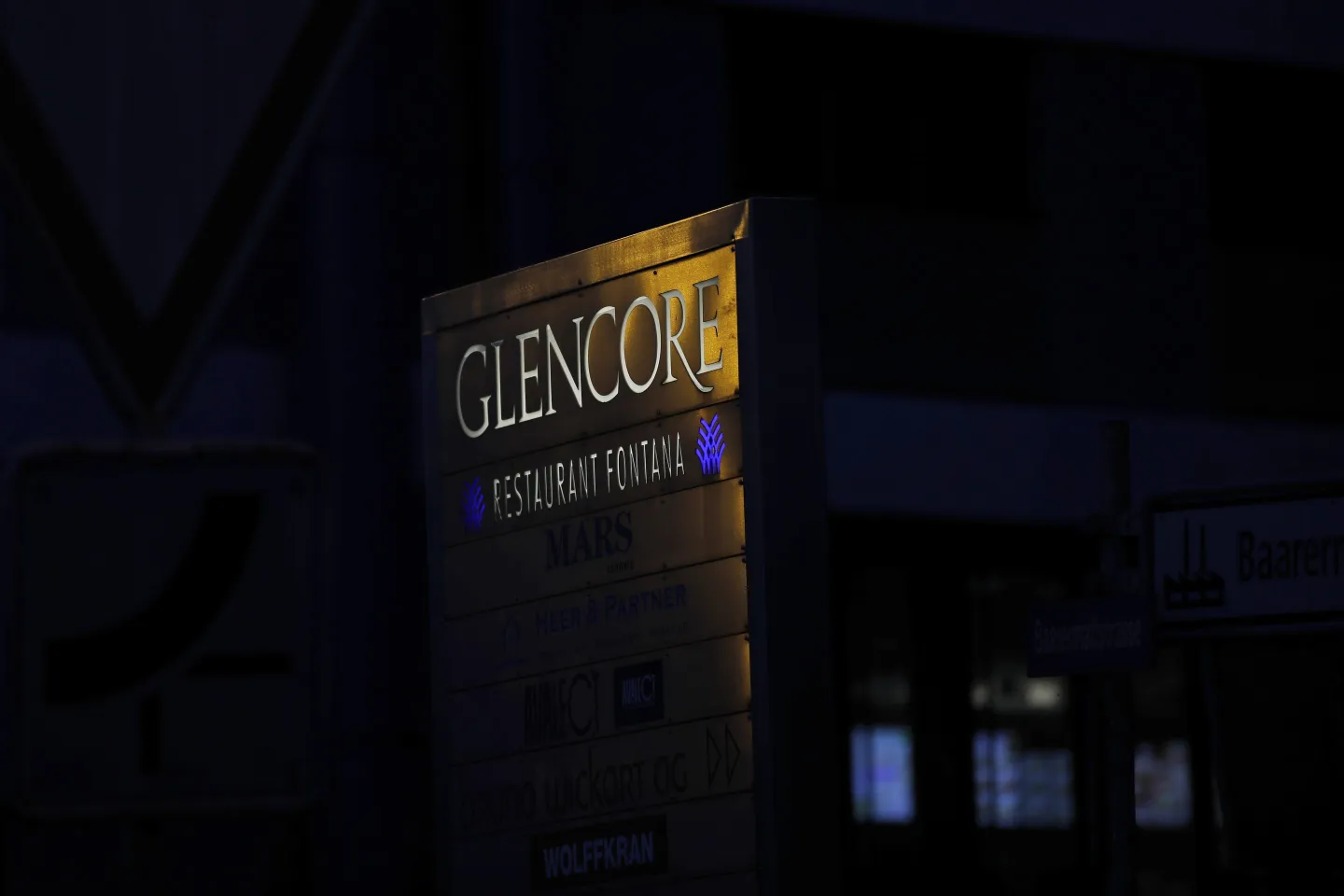




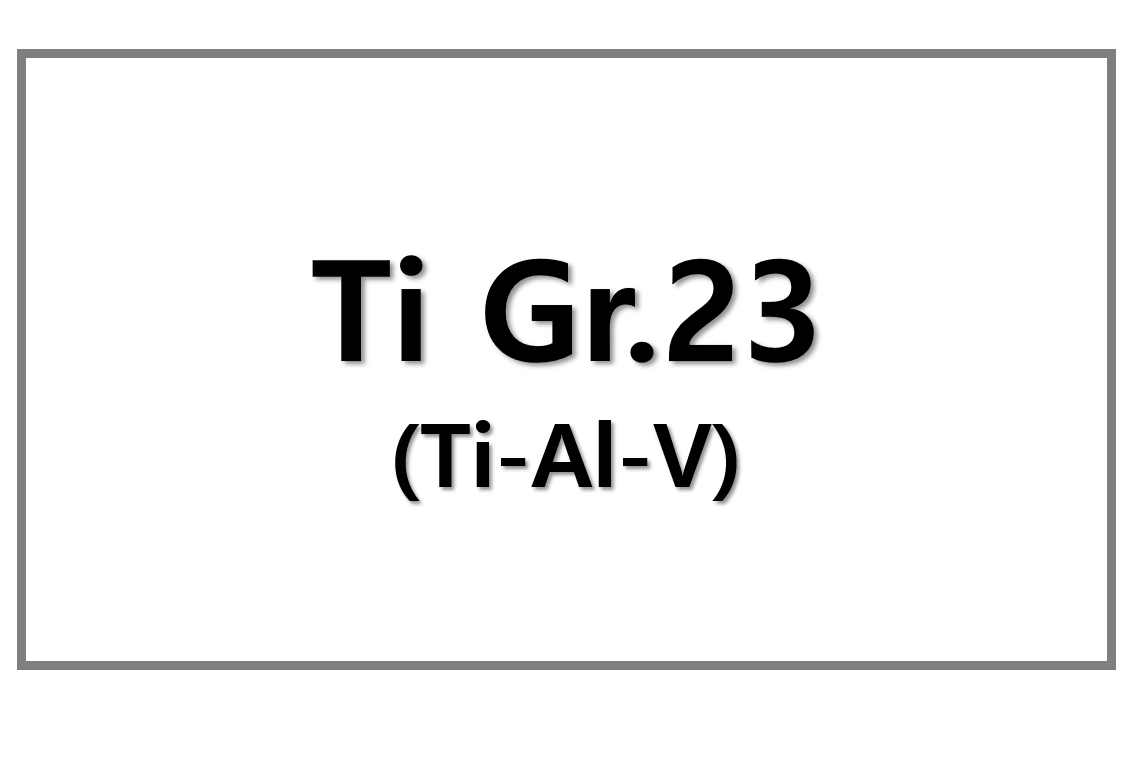
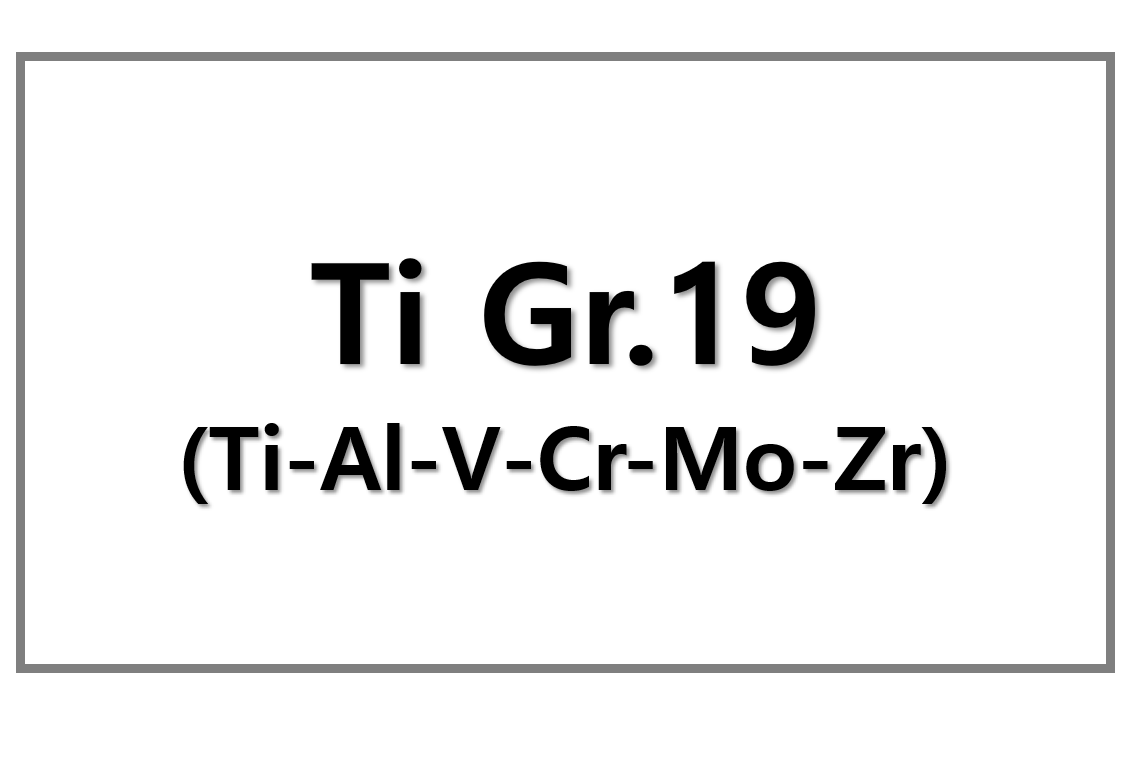
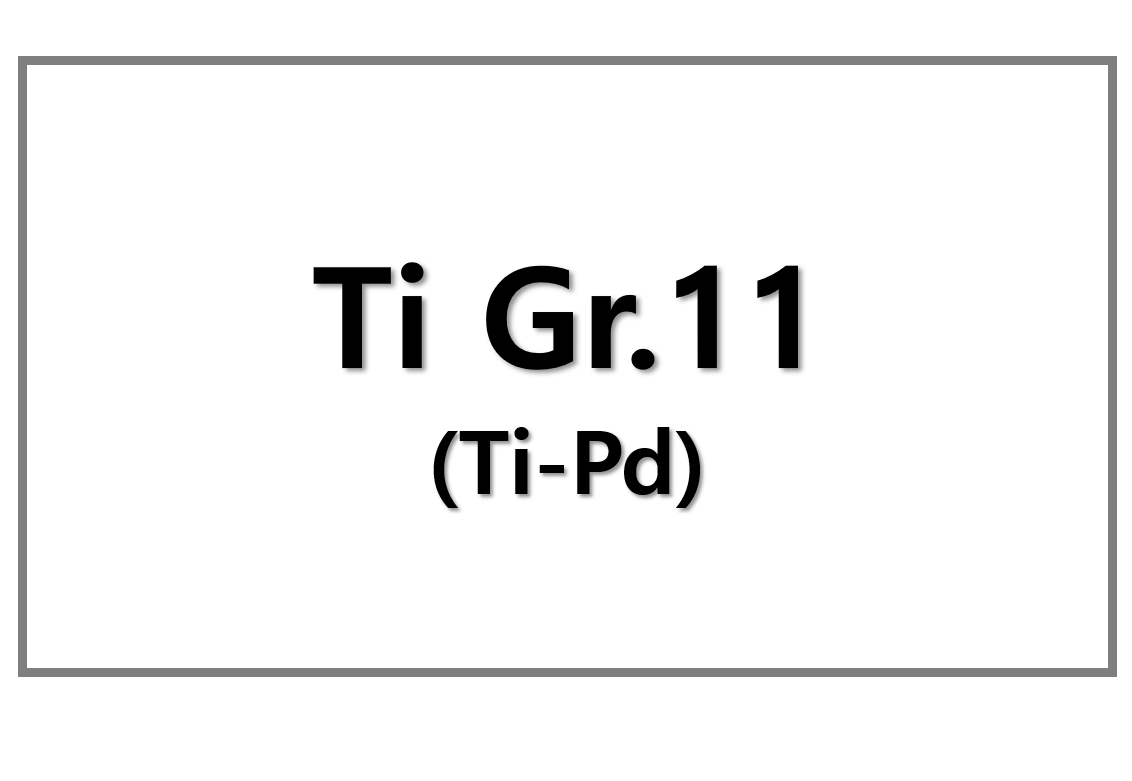
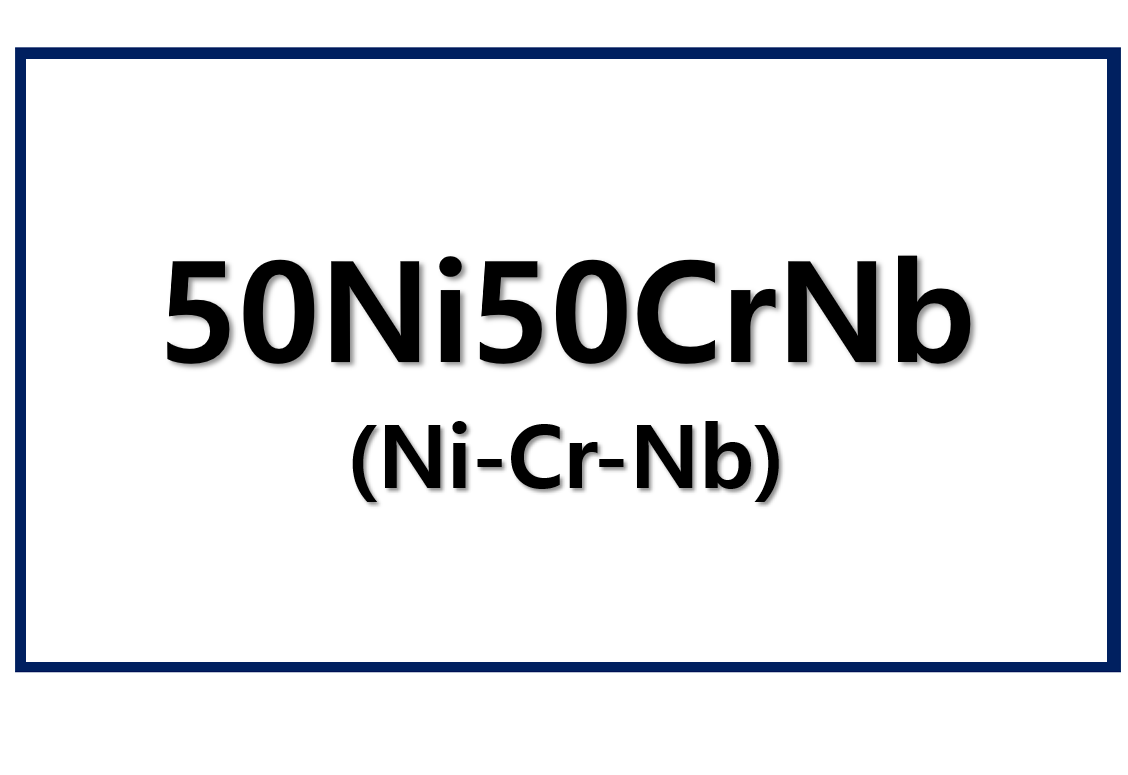
Leave a Reply
You must be logged in to post a comment.